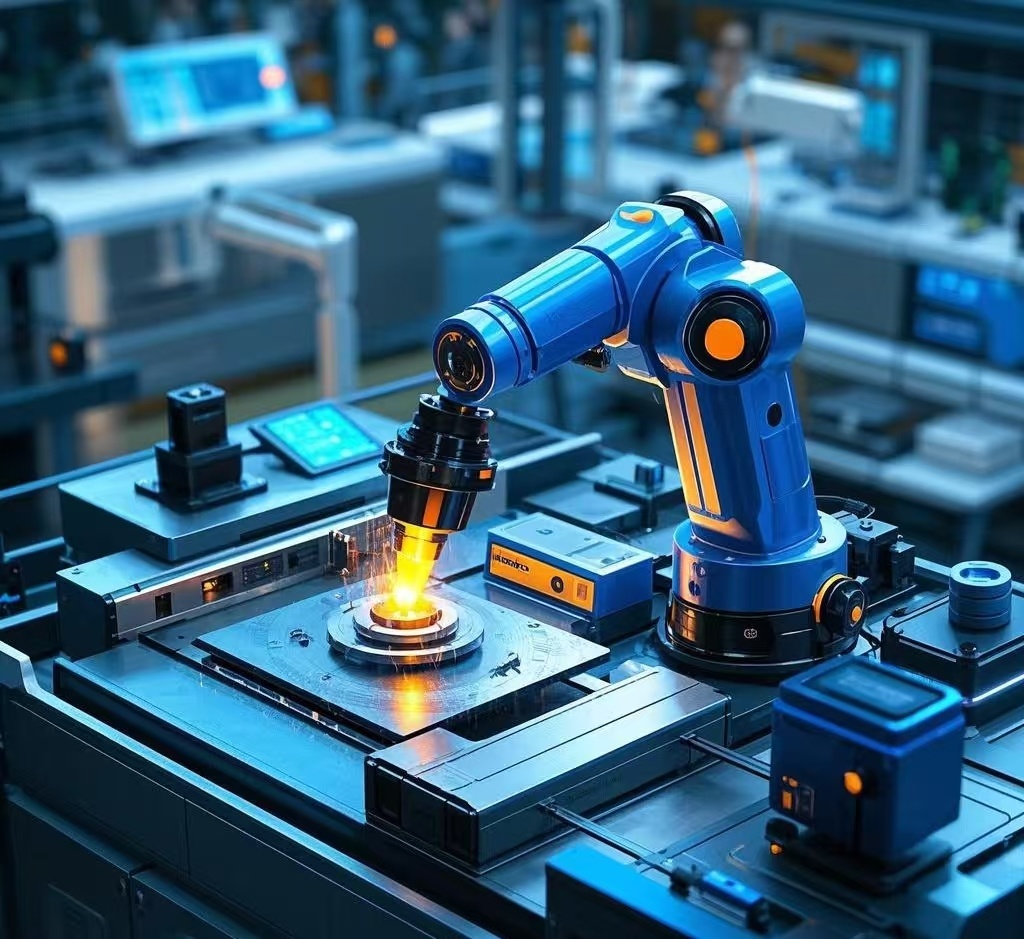Custom injection molding and mold processing experience in plastic mold manufacturing.
Release time:
2024/12/19
Plastic molds have evolved from simple surface processing to comprehensive processing of both surface and structural surfaces, from medium and low-speed processing to high-speed processing, and the development of processing automation control is very rapid. The locking mold force must be sufficient. Currently, many plastic molds are exquisitely made. In order to improve the quality level of molds, attention must be paid to certain aspects during the production of plastic molds. Next, I will share my experiences in mold manufacturing with everyone.
Plastic molds have developed from simple profile processing to comprehensive processing of profiles and structural surfaces, from medium and low-speed processing to high-speed processing, and the development of processing automation control is very rapid. The locking force must be sufficient.
Currently, many plastic molds are exquisitely made.
In order to improve the quality level of molds, attention must be paid to these aspects during the production of plastic molds. Next, I will share my experience in mold manufacturing with everyone.
A mold must install edge locks on all four sides (cylindrical locks).
If edge locks cannot be installed, smooth locks or conical locks must be installed.
Smooth locks should be installed horizontally.
The positioning of the second row must be precise.
Positioning methods include ball beads, standard positioning clamps, etc., which must be based on the requirements of each project.
The positioning must have decorative strips and wear-resistant steel.
The purity of the decorative strip and stainless steel is insufficient.
Level One: Hollow fiber membrane: The hollow fiber membrane removes various visible particles and residues from drinking water.
Wear-resistant steel must be high hardness and wear-resistant, and an oil groove must be added.
Thirdly, the basic structure of the mold must have support heads arranged, both sides must be ground down, small molds require pre-stressing, large molds require pre-stressing as well.
Fourthly, during the manufacturing process of the mold blank surface, attention must be paid to maintenance to prevent rust and scratches.
Before packaging the mold, the core mold must be sprayed with white or colorless anti-rust oil. The entire surface of the mold must be clean and then coated with salt-free butter.
Fifthly, there should be no bevels on the mold; they must be rounded off.
Except for particularly pointed areas.
The diameter of the positioning ring must comply with the engineering drawings, and the connection method and position of the top pin must comply with the engineering drawings.
Sixthly, the guide post and guide sleeve of the mold blank must process exhaust grooves. China's import reliance on CNC lathes for molds will continue for a short time.
Avoid injuries to guide posts and guide sleeves.
Try to avoid using electric polishers on molds; if an electric polisher must be used, it is necessary to use food-grade oil stones (especially for analysis surfaces).
Seventhly, all screws and mold components need to be standard parts; screw heads cannot be cut off.
The length of screw locking must be sufficient; normally it is acceptable; for lower mold blanks, a pry pit must be made between plates; for higher mold blanks, a pry pit must also be made between all templates including the mold ejector plate.
Eighthly, inclined top seats must use wear-resistant high hardness materials.
Inclined tops must process oil grooves; inclined top seats are generally used or hardened to a certain degree because inclined top seats bear impact loads. Therefore, they cannot be too hard; otherwise, they will break. All inclined positions should have chamfering angles and cooling shaping inside the cavity.
Therefore, to prevent such accidents from occurring, operators should regularly observe the flexibility of structures and calibrate their smoothness to prevent issues in advance.
Ninthly, all core mold materials and blank levels must be purchased according to order information or technical standards formally confirmed during the design approval process.
Material certification must be provided; if it is a hard mold, a heat treatment report must also be provided.
Consultation services for specialized plastic molds, injection molding tools, equipment for molds, mold design for daily household items production services. In addition to technological research and output as well as international support as mandatory standards in the casting industry development drive, market demand is key.
The market is a strong driving force for industry development; where there is demand, there will be a market. For large continuous extruders mentioned above should increase capacity.
Currently, for China's hardware forging mold industry, the market remains a strong driving force for its development and is also a global market.
However, due to certain differences between China's mold technology and current international standards, outdated mold technology has greatly limited independent development in many manufacturing industries. Some new technology components in molds still rely on imports.
In recent years, outstanding companies in Shanghai have intensified their focus on technology protection which has caused certain difficulties for Chinese mold companies in technology introduction.
It is reported that the current development of China's die-casting mold industry is mainly limited by several factors:
First, in terms of material usage.
China's die-casting mold industry still has many deficiencies compared to overseas markets.
Second, outdated production technology.
The development of China's die-casting mold industry faces significant obstacles; sorting material barrels is also quite challenging.
'Copying molds' have much lower production costs than traditional molds but are also relatively sensitive.
'Outdated production technology' has become a major shortcoming in the development of die-casting molds industry.
'Thirdly', China's die-casting mold industry's supporting system is insufficient which is another major obstacle to its development.
'Fourthly', overall management levels in China's die-casting mold companies are generally low; most do not have good standards. Many still operate under workshop management where many companies are managed directly by their owners who take responsibility for everything big or small.
'Such management mechanisms greatly limit further development of China's die-casting mold companies.
The development of the economy is advancing rapidly, and a detailed economic system has basically been established. The normal operation of this huge economic system relies on the support of the mold manufacturing industry chain.
According to statistics, as of now, 70% of companies in China's hardware mold industry are still private enterprises. Currently, China is striving towards the goal of becoming a strong country in hardware mold processing and exports. To achieve good expansion in the mold market and consumer development potential, strong technical support is needed on one hand, and guidance from leading large enterprises is required on the other.
In industrially developed regions, there is generally a high emphasis on the development of the mold manufacturing industry, especially mold machinery.
However, at present, China's mold industry is technically lacking. Although significant progress has been made in the transformation process, it has also gradually entered a transitional period. Companies need to seize opportunities to achieve a turnaround.
In the current uncertain global economic environment, several mold standard parts companies in China are also facing significant operational pressure and development confusion. Many companies are showing signs of slowing growth, declining economic efficiency, and lack of vitality in development. For high-precision complex molds, it is advisable to choose high-quality micro-deformation mold steel (for example, air-quenched steel should be effectively forged and subjected to heat treatment for mold steels that suffer from serious decarburization; large and unforgeable mold steels can undergo dual optimization heat treatment processes).





